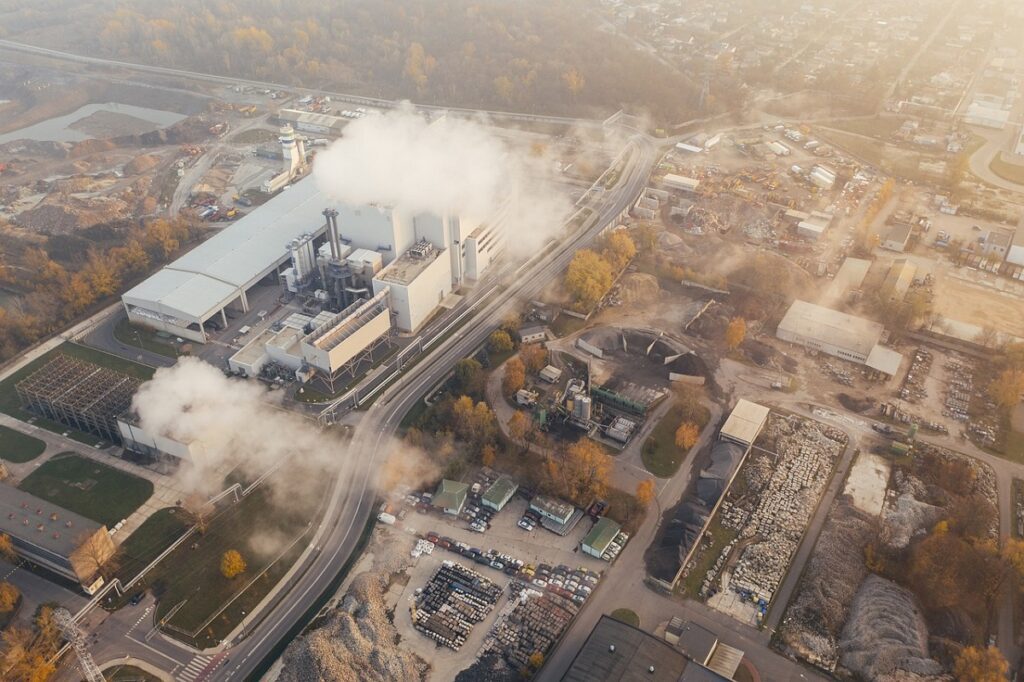Alarming new climate records highlight the need for biotech solutions, ASAP.
According to a report published by the European Union’s Copernicus Climate Change Service, 2022 was the fifth-warmest year recorded—approximately 1.2°C higher than in 1850-1900 and close to 2016’s record.
The report also says the last eight years have been the eight warmest on record.

In addition, last week, researchers announced the ocean heat content set a record in 2022, beating the consecutive records of the previous three years.
Meanwhile, 2022 was the third year in a row featuring a La Niña weather pattern, or a cooling weather pattern in the Pacific Ocean. Consecutive La Niñas are unusual, but climate change may be changing that pattern. La Niñas may have contributed to California’s 2021 drought, says a new report by the American Meteorological Society (AMS).
And that’s not all. The atmospheric river that caused catastrophic flooding in California will be more likely as human-induced climate change warms oceans, says Climate.gov.
The Copernicus report says that in 2022, there were times when the Arctic regions saw record-breaking heat. Intense warmth and temperatures much above average were experienced in March in the Antarctic.
“The Antarctic saw unusually low sea ice conditions throughout the year, with six months seeing record or near-record low Antarctic Sea ice extents for the corresponding month,” says the report.
Greenhouse gas emissions continue to rise
Weather isn’t the only challenge we’re facing. Greenhouse gases continue to increase, as well, having a direct impact on the climate.
“Atmospheric greenhouse gases continued to increase in 2022,” to 417 ppm for carbon dioxide and 1,894 ppb for methane, “the highest levels for over 2 million years for carbon dioxide and over 800,000 years for methane,” says the EU’s Copernicus report.
“Greenhouse gases, including carbon dioxide and methane, are the main drivers of climate change and we can see from our monitoring activities that atmospheric concentrations are continuing to rise with no signs of slowing,” said Vincent-Henri Peuch, Director of the Copernicus Atmosphere Monitoring Service.
Biotech can help address climate change
Biotech can play a big role in reducing the emissions that drive climate change—from animal feed that lowers methane emissions to solutions to convert food waste and biomass into low-carbon sustainable fuels.
When it comes to addressing climate, “you’ve got to have a more robust suite of solutions, and it’s going to involve innovation and technology in the biologic space,” says Nick Shipley, EVP and Chief Advocacy Officer of the Biotechnology Innovation Organization (BIO).




